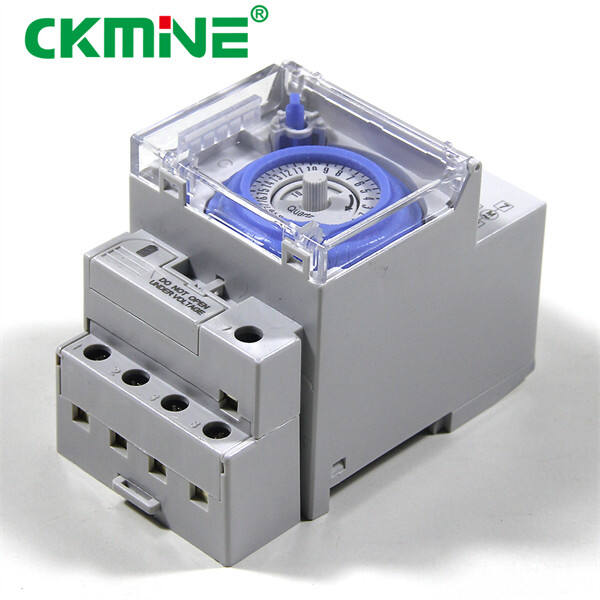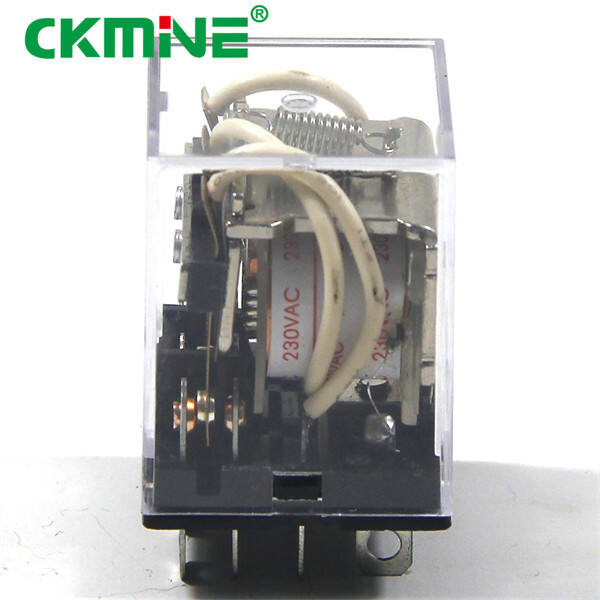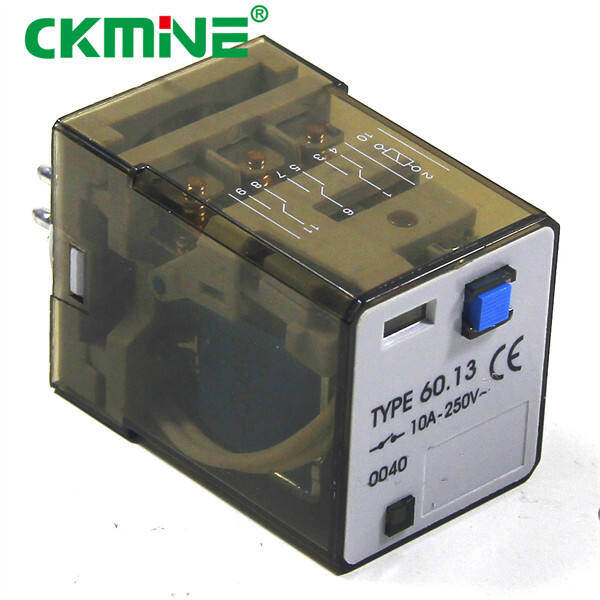If you are in situation, where things need to be turned on or off such as lights or motors a 5V relay might become your best friend. It is more like a controllable switch which works on electrical power. So, let's see what in between of this 5V power relays world mean and how does it come into scandals.
A 5V relay may be vital to people involved in electronic projects that demand accurate handling of when devices are turned on and off. For example, if you are building a robot and want to control certain things or buttons; in that case 5V relay comes into the picture. In the world of home automation, these relays work wonderfully in controlling lights or fans. In most basic terms, anyone who wished to control high voltage electrical appliances using a microcontroller like Arduino or Raspberry Pi could simply use this 5V relay.

The world of electronics can appear intimidating to the uninitiated, but fear not; a 5V relay is actually an easy and straightforward part. A standard 5V relay consists of three pins for the switch and two more dedicated to control its coil. First, connect the coil pins through your microcontrolletr in same way using breadboard, jumper wires; do not forget to add a transistor for increasing the current from mycrocontroller. After this, connect the switch pins to control your device And finally, power up the relay using 5V pin from your microcontroller or any other supply.

The main benefit of including a 5V relay in your project is that you can use it to control high voltage equipment with the help of just a low-voltage microcontroller. Thus, it is possible to create a multitude of projects that touch the physical world and can be from robots to home automation systems or even musical instruments In addition, the 5V relays can use different switching types and have diverse voltage ratings together with current. Typical examples would be that it is used in controlling the on and off state of lights, motors or solenoids; managing high-power LEDs or laser diodes; switching between various audio inputs or outputs.

While those 5V relays have use, they may cause problems for beginners. One common issue is called "chattering," where the relay quickly turns on and off rather than staying in a solid state. The common issue is often explained as electrical noise and recommended fixes include wire routing to separate signal wires from power lines along with the addition of a capacitor across the coil for filtering. But a related problem called "sticking" occurs when the relay fails to release after the coil is de-energized. Faulty connections as well as dirt build-up (so inspection of the connection followed by contact cleaning is required). Furthermore, when choosing a relay for its purpose in your project it is important to pay attention voltage and current ratings of the contacts as well type switch itself (mechanical or solid state [cool term - nowadays] )nor should we forget about switching frequency.
Related Articles: 5V Relay Snubber Diode Testing 1 Comment Vincent J. Rive Dropper - June 23, am Like this analysis!!!
There is a variety of 5V relays available in the market and each come with their own unique specifications and capabilities. Let us see few most common among them:
Single Pole Single Throw(SPST): Containing the lone switch compatible with simple on/off jobs.
SPDT -has a switch that connects to one of two other switches; suitable for applications where you need to toggle between 2 inputs
Double Pole Single Throw (DPST): Consisting of an arrangement of two switches that operate at the same time to power up two different equipments together, ideal for uses requiring repetitive control over like parts.
DPDT (Double Pole Double Throw) - Two switches that can be connected to the same device or two different devices in proximity and still need switching between them.
Ultimately, a 5V relay acts as one of the few wonders to control all electrical equipment with ease. By getting to know how they work, learning troubleshooting tricks and finding the right ones for your projects, you can add a whole new dimension to hardware hacking and make all sort of inventive gizmos.
CKMINE occupies an area of 10000m2 within Wenzhou City (Zhejiang Province), China. CKMINE is a high-performance 5v relay a wide range of power sources with a general purpose to satisfy the needs of customers in various fields. CKMINE has production team of 200+ and has over 18 years industry experience, skilled and a constant development.
CKMINE has eight production lines and 6S workshops. CKMINE is ISO 9001:2015 accredited. It not only owns modern facilities allow quick 5v relay and manufacturing, but employs strict processes to ensure performance at optimal levels. CKMINE's Quality Control department oversees each step assembly shipping.
CKMINE, a high-tech business is involved in research, development, and production of AC drives such solar inverters, power inverters, pv combines relays, time switches more. CKMINE's products are extensively used in the agriculture irrigation industry, peotroleum industry, metallurgy, chemical industries construction, papermaking, mining, other 5v relay fields.
CKMINE is successful exporter to over 60 countries. It plans become a 5v relay automation service provider both on the local market as well as internationally. The demand customers is the primary driver for CKMINE's development.